For the first time in the United States, the relationship between two masters of their medium – French impressionist Claude Monet and American abstract expressionist Joan Mitchell – will be shown synchronously in an exhibition at the Saint Louis Art Museum.
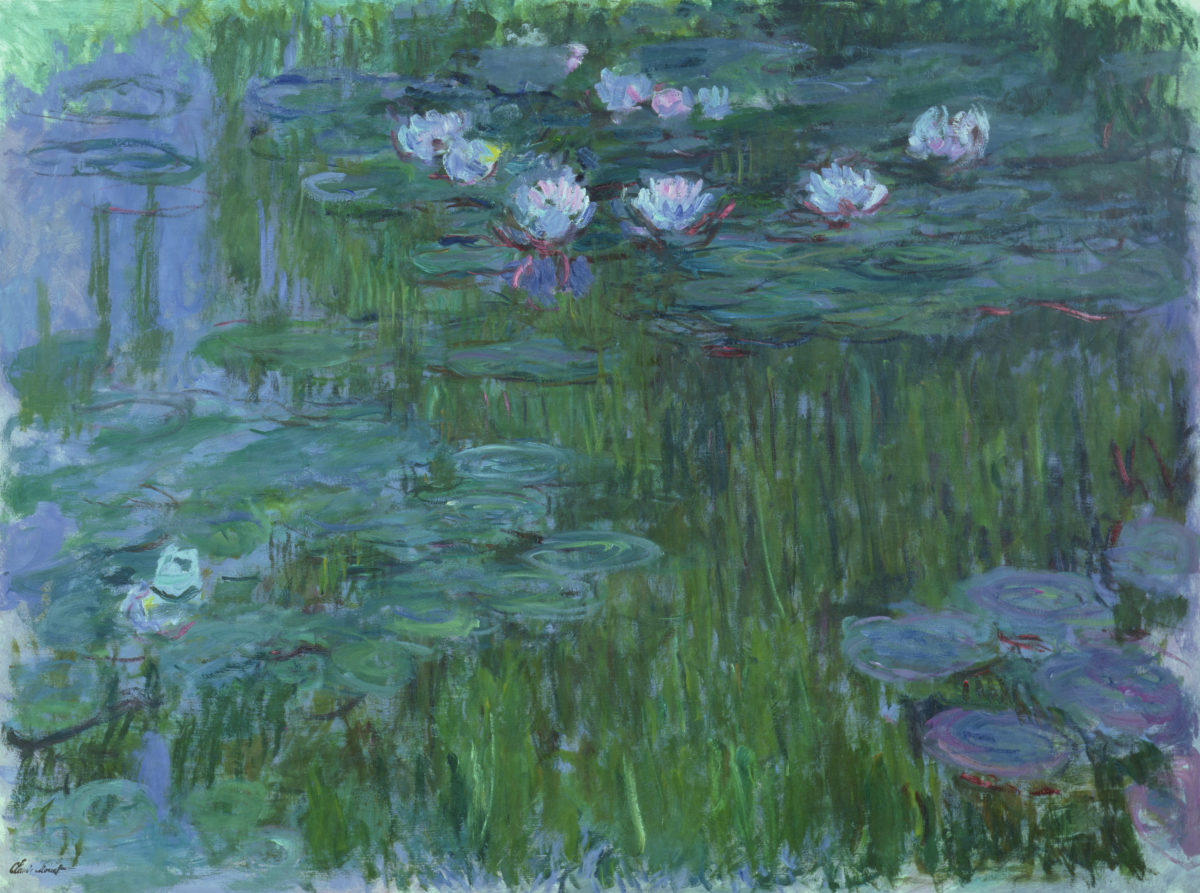

“Monet/Mitchell: Painting the French Landscape” showcases the seemingly back-and-forth dialogue between the artists through their works, sharing a love of nature amid the landscape of northern France.
The exhibition, on view March 25 to June 25, demonstrates how Monet and Mitchell, though generations apart, addressed similar themes of trees, flowers, earth and water in their works. Monet (1840-1926) and Mitchell (1925-1992) both made the French countryside along the Seine River a central focus of their paintings, as seen in the 24 works – 12 from each artist – featured in the exhibit.


Parallels between the works of the two artists have been drawn since the late 1960s, around the time Mitchell permanently moved to Vétheuil, France, which is located approximately 10 miles from Monet’s cottage in Giverny. While Mitchell – who was born in Chicago in 1925, the year before Monet died – initially welcomed the comparison to the French master, she grew to reject it in later years.
But there’s no denying the importance of landscapes as a theme for both. Monet and Mitchell were avid gardeners and cultivated flowers. Monet’s obsession with water lilies made them a recurring presence in hundreds of his paintings. For Mitchell, the fascination was with sunflowers, said to have grown “like trees” on her property in Vétheuil.
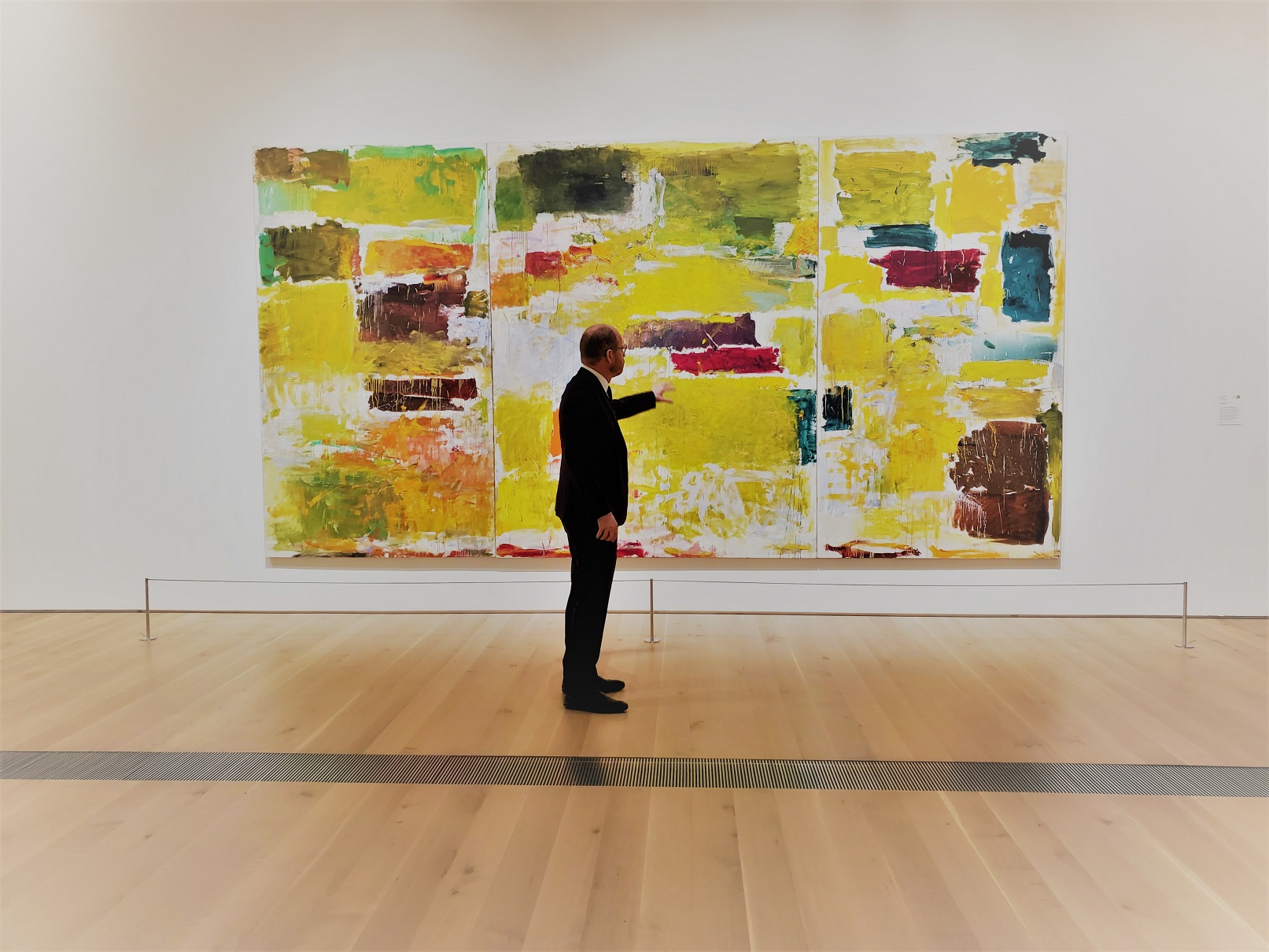
In preparing for the exhibit, Simon Kelly, Saint Louis Art Museum’s curator of modern and contemporary art, visited Vétheuil for the first time last year. The small community is in the same area northwest of Paris as Giverny, where Monet lived and worked for more than 40 years until his death in 1926.
“I went to Vétheuil twice last year – it was really important to me to make it visceral. I hiked the fields along Mitchell’s house, walked along the Seine,” he said.
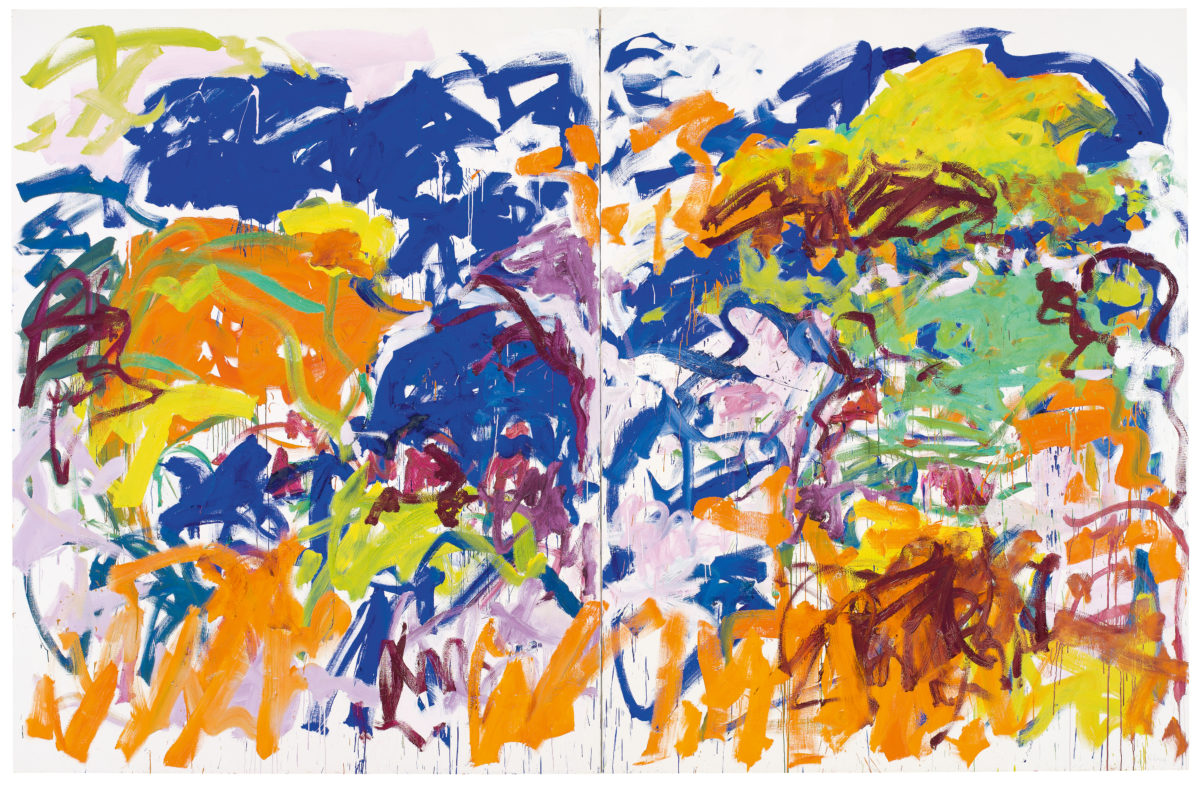
Kelly notes that something Mitchell once said, ‘I give gratitude to trees because they exist…,’ shows the artist’s inherent connection to her surroundings.
“I had thought of her as coming out of the abstract expressionist tradition and abstraction. I always knew how much Monet loved nature, but I was surprised to learn how much Mitchell loved nature,” he said. “Visiting Vétheuil and spending time in that landscape and reading her correspondence, I really got a sense of how close she felt to nature.”
In the supplemental exhibition catalogue authored by Kelly, he reveals Mitchell made frequent visits to Giverny in the 1970s, making the short drive from Vétheuil to what she called her “secret garden.” Kelly notes at the time, Giverny was closed to the public and Mitchell “seems to have appreciated the opportunity to explore it in private.” These days, Monet’s garden is open to the public; Mitchell’s estate is not.
“Her house looks down on Monet’s cottage – you can see it from the road when you look up,” Kelly said. “I already knew Giverny pretty well, and Giverny and Vétheuil are really close to each other. Both are by the river Seine, they have similar landscapes, rolling hills and expansive vistas.”
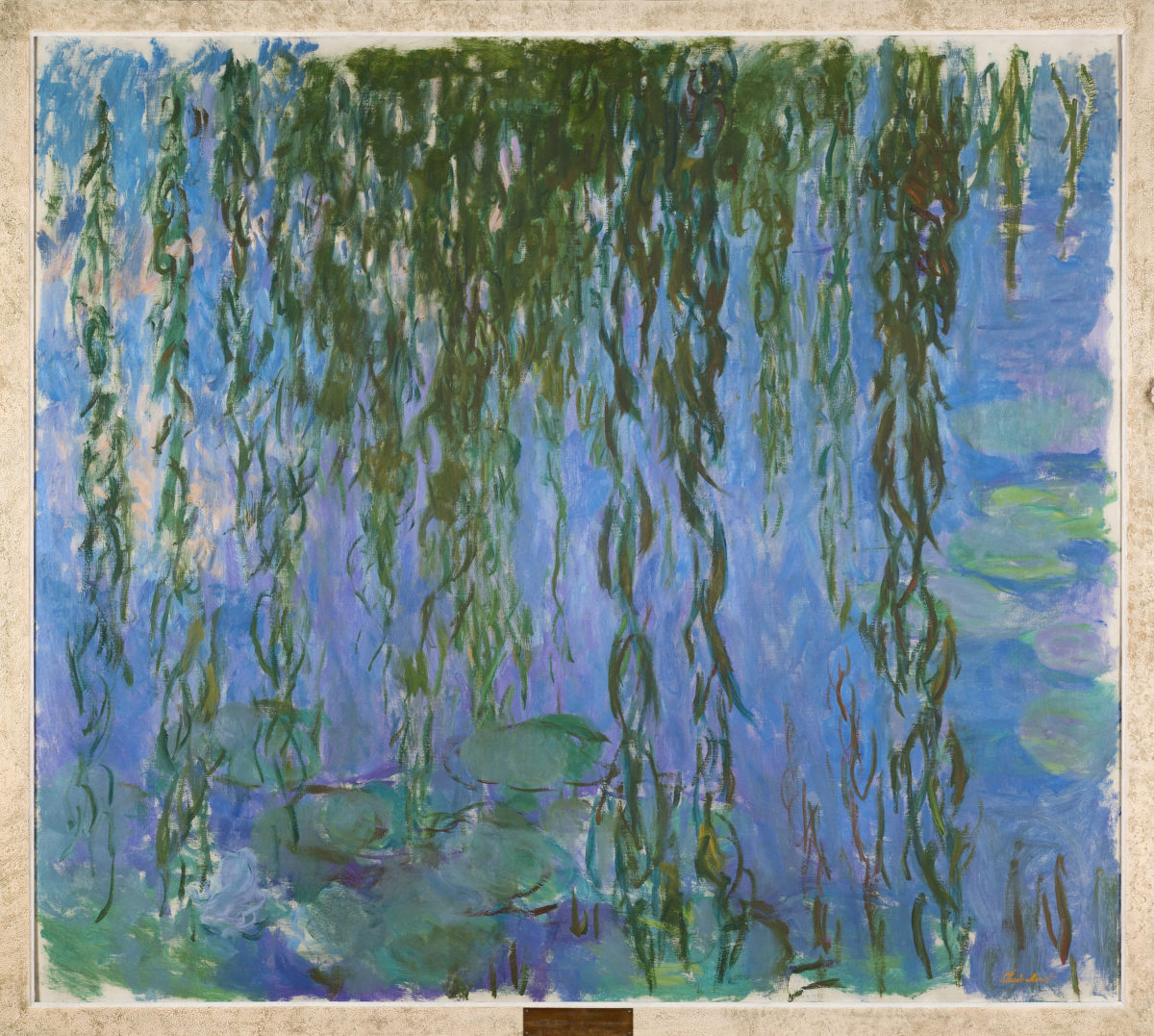
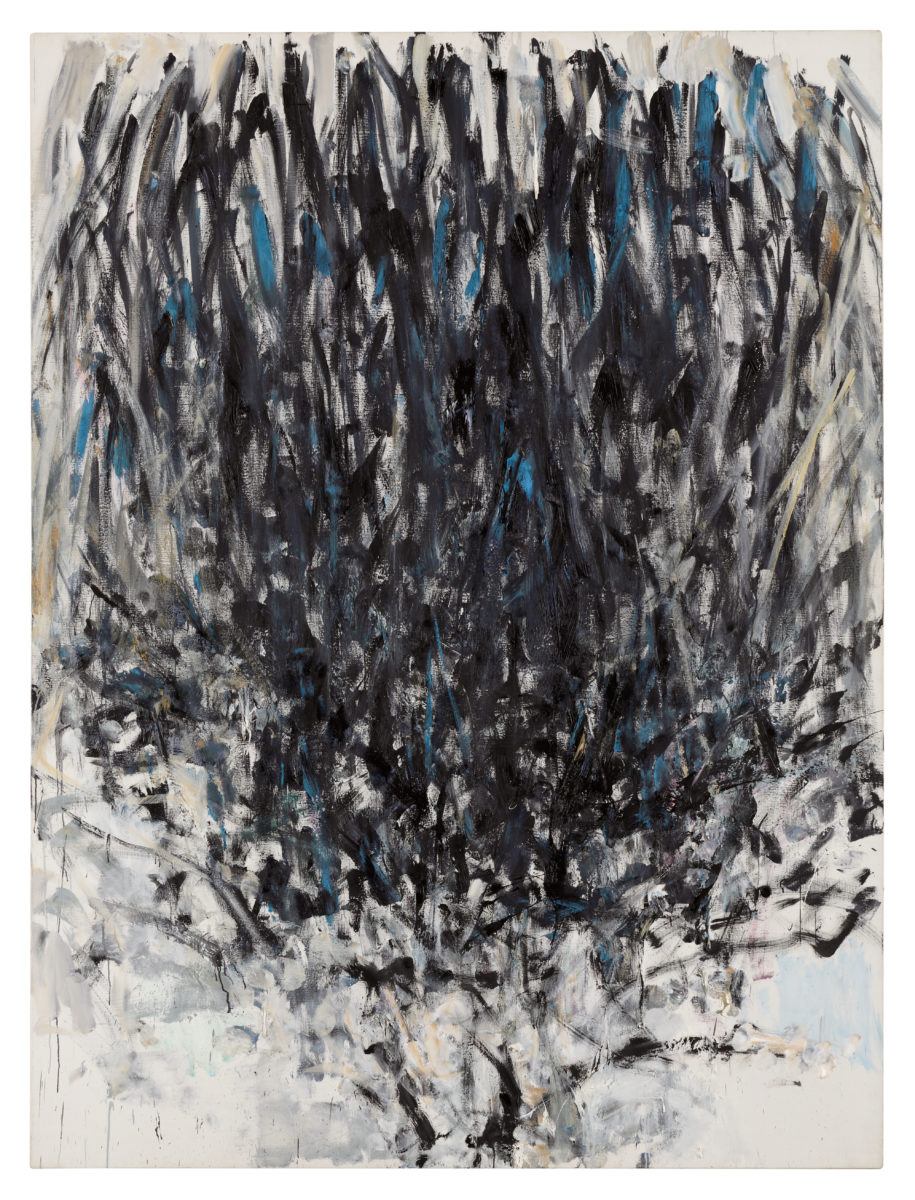
Indeed, the landscapes, vistas, gardens and trees are displayed in the galleries in all their glory: Monet’s 1919 “Water Lilies with Weeping Willow Branches,” not only illustrates his ever-present lilies, but also the weeping willows he planted around the lily pond. In “Tilleul” from 1978, Mitchell focuses on a linden tree that grew on her terrace.
Throughout the exhibition space, flowers – both impressionist and abstract – provide bursts of colorful bouquets. In addition to water lilies, the wisteria that hung from the trellis of his Japanese bridge captivated Monet, as shown in “Wisteria,” a pair of panels from 1919-20. The color yellow figures prominently in a number of Mitchell’s canvases, highlighting her love of sunflowers.
Aside from 1992’s “Ici,” which is part of the Saint Louis Art Museum’s permanent collection, none of Mitchell’s works have ever been shown in St. Louis – and many of them have not been in America for decades. Among them, Mitchell’s striking 1971 triptych, “Plowed Field,” which most recently fetched a reported $14 million at auction.
Other highlights include Monet’s 1920-22 “The Path under the Rose Arches, Giverny,” as well as two different interpretations of his now-iconic Japanese bridge, which were both completed in 1924.
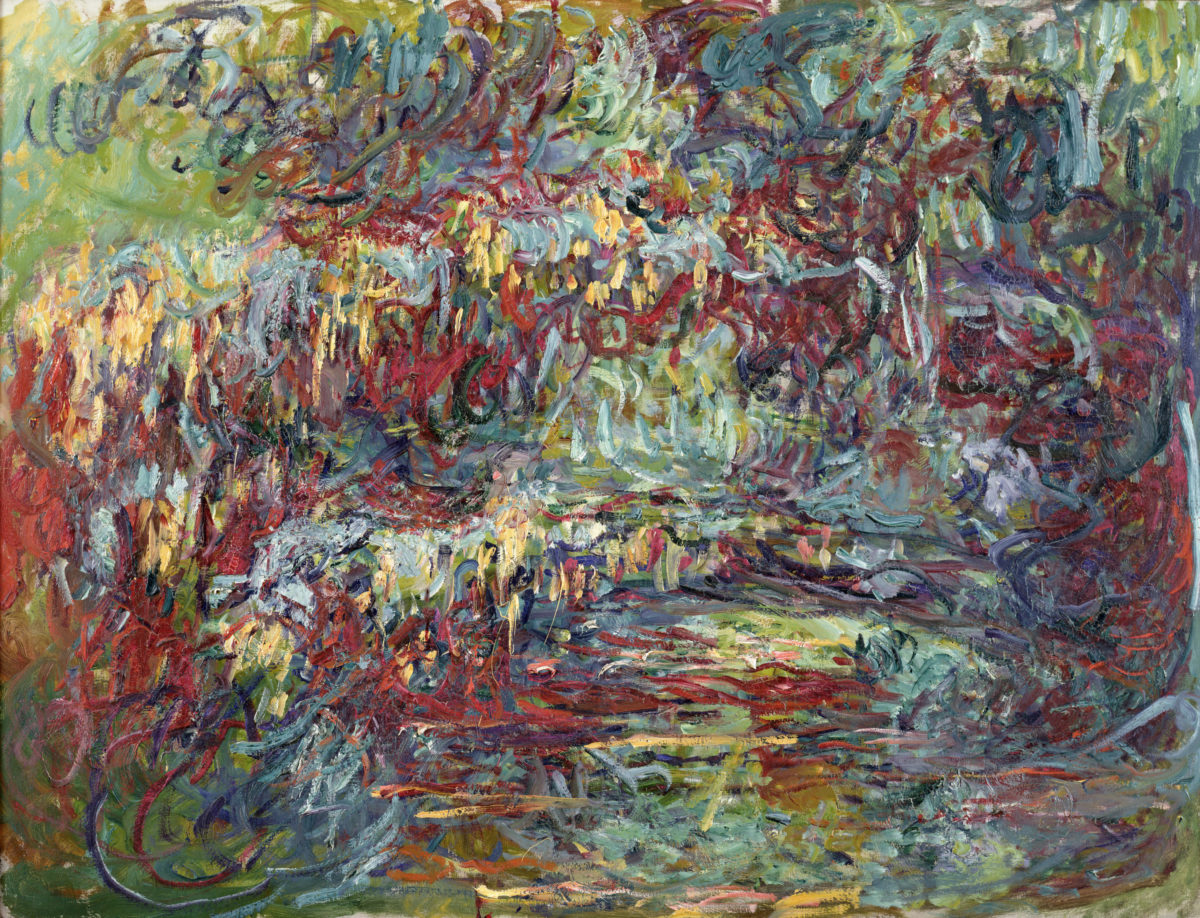
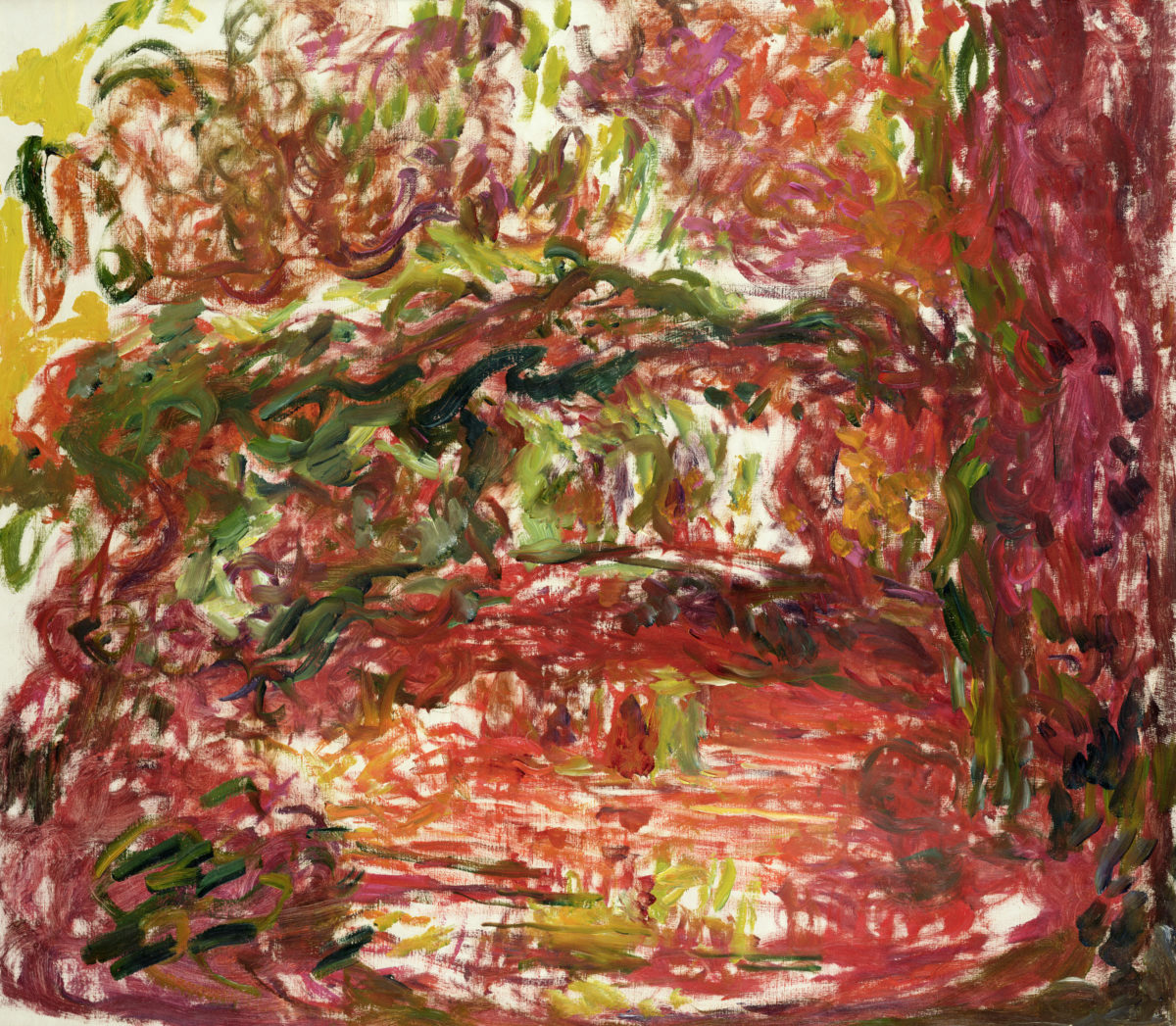
The exhibit, a partnership with the Musée Marmottan Monet and the Fondation Louis Vuitton, features 10 late paintings by Monet on loan from the Marmottan in Paris – six of which have never been shown in St. Louis – as well as 10 major Mitchell works from the foundation, also based in Paris.
The Saint Louis Art Museum will host a free public preview for “Monet/Mitchell” at 4 p.m. on Friday, March 24. Other related events are planned throughout the exhibit’s run, including a Family Sunday program focusing on the themes of “Monet/Mitchell” (March 26) and an Earth Day performance by the St. Louis Symphony Orchestra that explores elements of music, art and nature (April 22). For more information, visit the Saint Louis Art Museum website.
The Evolution of Armor, from Medieval Warriors to the King of Wakanda





